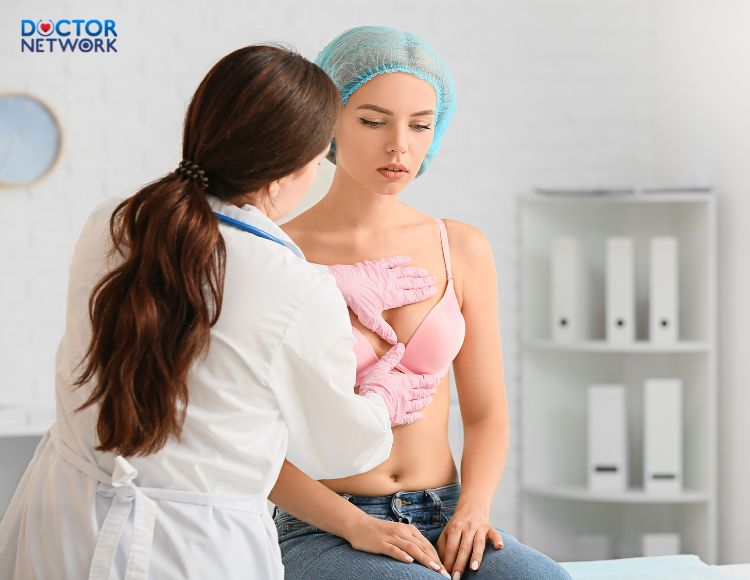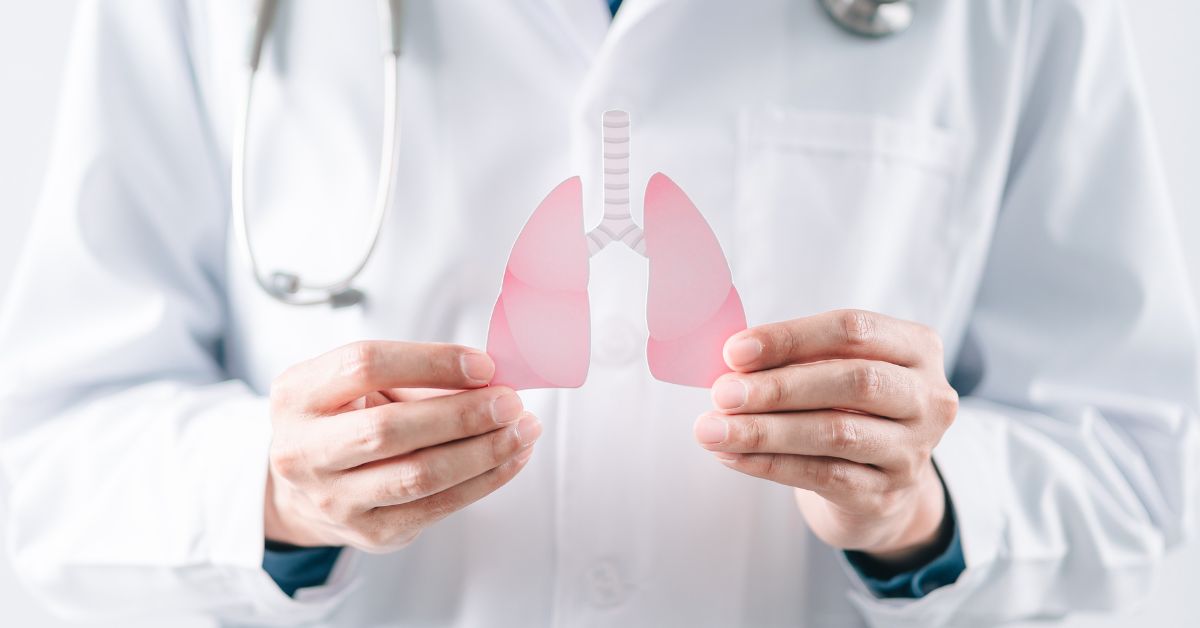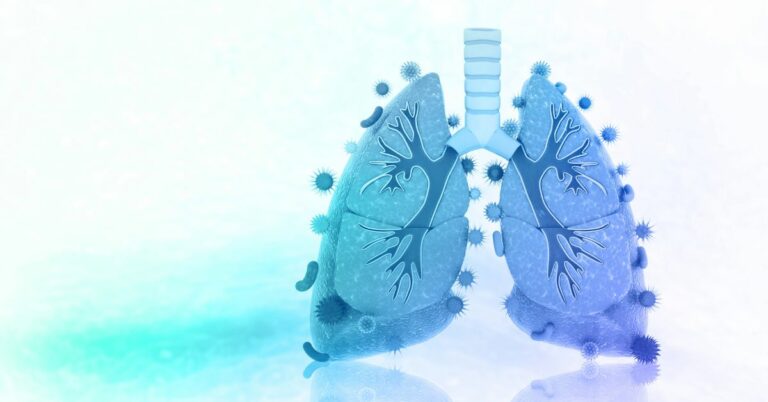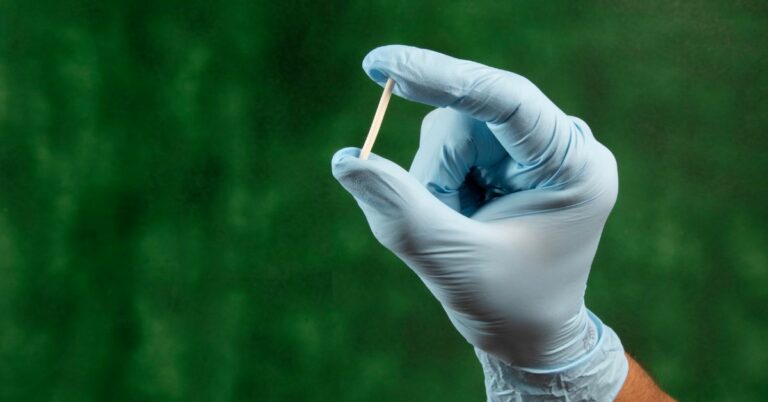Breast cancer is one of the most common types of cancer in women. However, when detected early, the success rate of treating early-stage breast cancer is very high. Recognizing the “early signs of breast cancer” plays a crucial role in empowering women to seek medical examination and intervention proactively.
Early signs of breast cancer to be aware of:
- Breast lump – Early-stage breast cancer sign: A small, hard lump, often painless when touched, in the breast or underarm area. Developing a monthly habit of self-examining breasts can help detect abnormalities.
- Changes in nipple: Inverted nipple, abnormal discharge (potentially mixed with blood), the presence of persistent non-healing sores.
- Changes in breast skin: Skin texture resembling an orange peel, areas of the skin becoming dimpled, unusual color changes (redness, purple).
- Enlarged lymph nodes: Feeling hard, immobile, and painless swelling of lymph nodes in the armpit area.
- Breast pain: Sensation of unexplained breast pain, although not a common sign of early-stage breast cancer.

“early signs of breast cancer” – A small, hard lump, often painless when touched, in the breast or underarm area
Who is at higher risk of developing breast cancer?
Risk factors for breast cancer increase with:
- Age: Women over 50 years old are at higher risk.
- Family history: Having first-degree relatives (mother, sisters) with a history of breast or ovarian cancer.
- Genetic factors: Carrying mutations in the BRCA1 or BRCA2 genes.
- Menstruation and reproduction: Late menopause, nulliparity, early menstruation.
- Modifiable factors: Unhealthy lifestyle (obesity, smoking, alcohol abuse), prolonged hormone therapy.
Preventing breast cancer by limiting controllable risk factors is crucial
Why is “early signs of breast cancer” important?
- High cure rates: Detecting breast cancer early in the initial stage helps achieve treatment success rates of up to 90%.
- Less invasive protocols: Early-stage treatment is typically less invasive, preserving the breast and offering high recovery chances.
- Regular breast self-examination: Women of all ages should learn how to perform breast self-exams (especially after menstruation) to detect any abnormal changes. Combining self-examination with medical screening and breast cancer screening as recommended by a doctor is essential.

“early signs of breast cancer” – Regular breast self-examination
How is breast cancer diagnosed and treated?
- Diagnosis: A doctor will conduct a physical examination, combined with methods such as mammography, ultrasound, biopsy, to determine the presence of cancer cells.
- Treatment: Depending on the stage of cancer, treatment methods may include surgery (breast-conserving or mastectomy), radiation therapy, chemotherapy, hormone therapy, or targeted therapy. Strict adherence to the oncologist’s instructions is essential for optimal treatment outcomes.
Recognizing “early signs of breast cancer” is the best way to safeguard your health. Do not hesitate to proactively seek health checks even if you do not notice any abnormal signs because early detection of breast cancer increases the chances of successful treatment. Share this information to raise awareness among women about the importance of self-examination and breast cancer screening.
Questions related to “early signs of breast cancer”
Here are some questions related to “early signs of breast cancer“:
Is a breast lump always a sign of cancer?
Answer: Not all breast lumps are cancerous. Lumps can be benign, such as cysts or fibroadenomas. However, when you feel a breast lump, you should see a specialist doctor for specific examination and diagnosis.
Are all changes in the nipple cause for concern?
Answer: Normal nipples can have various shapes and sizes. Some benign conditions (not cancer) can also affect the nipples. However, any continuous and abnormal changes, especially inward-turning nipples, unusual discharge, or persistent sores, need immediate evaluation by a doctor to rule out the risk of early-stage breast cancer.
Should I worry about breast cancer if I have no symptoms?
Answer: Early-stage breast cancer often has few obvious symptoms. Therefore, even if you have no abnormal symptoms, women should still perform monthly breast self-exams and undergo breast cancer screening as recommended by a doctor, especially if they are at high risk of breast cancer.
What can I do to reduce the risk of breast cancer?
Answer: Although it is not possible to completely prevent breast cancer, you can limit controllable risk factors to prevent it:
Maintain a healthy weight
Exercise regularly
Limit alcohol consumption
Do not smoke
Breastfeed for as long as possible
Limit or discuss hormone therapy with your doctor

“early signs of breast cancer” – Regular exercise helps reduce controllable risk factors
If I am diagnosed with early-stage breast cancer, what are my chances of recovery?
Answer: Early-stage breast cancer has a better prognosis. Treatment methods are usually less invasive, with a higher chance of preserving the breast. The 5-year survival rate for early-stage breast cancer patients can be over 90%, and in some cases, complete recovery is possible.
Scientific evidence on “early signs of breast cancer”:
Some scientific evidence on “early signs of breast cancer“:
Breast lump:
Frequency: Breast lump is the most common sign of early-stage breast cancer, accounting for about 80-85% of cases.
Characteristics:
- The lump is usually small, hard, painless, and movable within the breast.
- It can appear in any location within the breast, but is most commonly found in the upper outer quadrant.
References:
- National Cancer Institute: Breast Cancer Signs and Symptoms
- American Cancer Society: How to Do a Breast Self-Exam
Changes in nipple:
Changes in shape:
- Inverted nipple, possibly due to a tumor behind the nipple pulling the breast skin.
- The nipple may have sores or an irregular appearance.
Discharge:
- Discharge from the nipple, which may be clear, yellow, brown, or mixed with blood.
- The discharge may occur spontaneously or only when squeezed.
References:
- Mayo Clinic: Breast Cancer Symptoms
- Susan G. Komen: Breast Cancer Symptoms
The article has provided information on “early signs of breast cancer” and related knowledge. Hopefully, the article will be helpful to you.
References:
Breast Cancer Symptoms and Early Warning Signs – WebMDwebmd·1
Breast Cancer Symptoms and Signs | City of Hopecancercenter·2
Kiểm Duyệt Nội Dung
More than 10 years of marketing communications experience in the medical and health field.
Successfully deployed marketing communication activities, content development and social networking channels for hospital partners, clinics, doctors and medical professionals across the country.
More than 6 years of experience in organizing and producing leading prestigious medical programs in Vietnam, in collaboration with Ho Chi Minh City Television (HTV). Typical programs include Nhật Ký Blouse Trắng, Bác Sĩ Nói Gì, Alo Bác Sĩ Nghe, Nhật Ký Hạnh Phúc, Vui Khỏe Cùng Con, Bác Sỹ Mẹ, v.v.
Comprehensive cooperation with hundreds of hospitals and clinics, thousands of doctors and medical experts to join hands in building a medical content and service platform on the Doctor Network application.





























